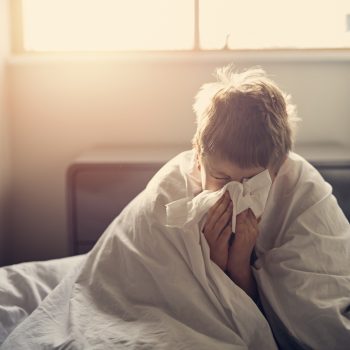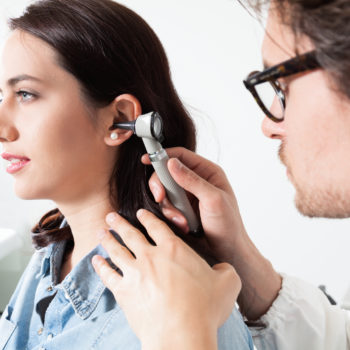A cold? It does not come because of the cold, but because of a virus. A truth that for the Italian people, particularly worried about temperature changes, is difficult to accept and keep in mind. Yet, when it comes to one of the most widespread viral infections in the world, false myths and misinformation are still widespread. We have tried to clarify the situation with Dr. Giovanni Colombo, an otolaryngologist at Humanitas.
The “season sickness”
Always included in the list of “seasonal ills”, the cold is a virus that affects mainly in autumn and winter. The fact that it arrives at the same time as the coldest periods of the year does not mean, however, that it is caused by the cold. In fact, to date, no scientific research has conclusively demonstrated that cold air, rain and snow are the cause of the cold. In short, the so-called “cold shock” is more a rumour than something with a scientific basis.
Researchers, on the other hand, have been wondering for some time what the effects of cold on the human body are, wondering what leads to the reduction of immune defenses and diseases of the respiratory system.
Symptomatology
Nasal congestion with “closed nose”, nasal secretions, heaviness around the eyes, sneezing, coughing and sore throat. The unpleasant effects of colds are felt at least once or twice a year if you are healthy. The common cold is one of the most common viral infections in the world. According to an old saying, “a cold cured by a doctor passes in seven days, without curing it in a week”. As if to say that, whatever you do, waiting remains the best cure.
The first thing to do, however, is to understand what the symptoms originated from. Many types of viruses can give the same symptoms as the cold, including those that cause the flu: for this reason sometimes the two diseases are confused. In general, it is enough to keep in mind that cold symptoms are more localized in the nose and less severe than those of an influenza, which also involves other discomforts such as fever, muscle aches and complications that can be dangerous in the weakest subjects.
Enclosed environments favour contagion
In cold seasons, people tend to spend more time indoors and therefore also for a long time in close contact with sick people. That’s why it’s good to change the air in the rooms where you live and work often: the cold air coming in from outside will in fact do less damage than the spoiled air inside.
The inflammation of the upper respiratory tract is not caused by the lowering of the temperature, but by the rhinovirus, a particular type of virus that spreads through the air and multiplies in the nasal mucous membranes. To reproduce, this organism only needs temperatures lower than the internal temperature of the human organism (between 36 and 37 °C). However, the virus, which spreads through the air, can resist outside the human body for up to 18 hours. Hand hygiene can therefore prevent direct infection, especially in children.
Remedies and good practices
The immune system cures the cold more than the doctor does. Once the virus is detected, the body itself activates defences to prevent it from replicating indefinitely. It is precisely the annoyances caused by inflammation that help most to heal: the virus in fact resists the high temperatures of the inflamed areas and instead of replicating, abandons the ship. Helping our immune system is therefore the only real remedy that we can successfully put in place. Staying at rest, drinking a lot of fluids and avoiding further weakening by frequenting public environments are on the list of good practices to follow, bearing in mind that the best cure is prevention. If the symptoms are too annoying, it is possible to help oneself with over-the-counter drugs that will only have the effect of “calming” the symptoms. Antibiotics are not effective in any case, however, as they are only useful against bacterial infections.







